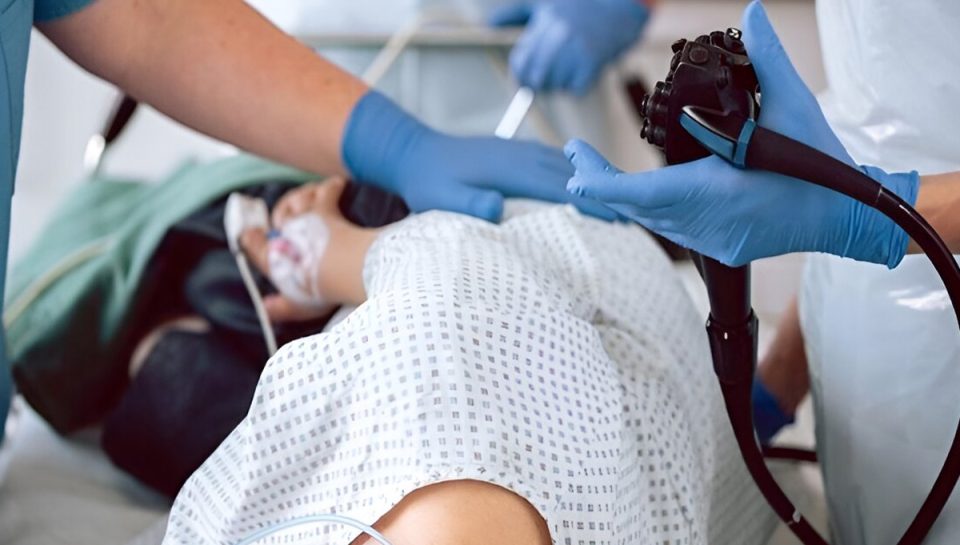Colonoscopy vs. Other Screening Methods: Why It’s the Gold Standard in San Jose

Colonoscopy vs. Other Screening Methods: Why It’s the Gold Standard in San Jose
When it comes to colorectal cancer screening, there are several options available. However, not all tests are created equal. While other methods offer convenience, the colonoscopy remains the undisputed “gold standard” for a crucial reason: it is the only test that can both prevent and detect cancer. Dr. Huy Ngoc Trinh, MD, a trusted gastroenterologist in San Jose, helps patients understand the key differences between a colonoscopy and other screening methods.
The Colonoscopy
- How it Works: During a colonoscopy, a flexible, camera-equipped tube is used to visually inspect the entire colon. This is a procedure that Dr. Trinh performs with expertise and precision at a facility in San Jose.
- Pros: It’s the most comprehensive screening tool. If a precancerous polyp or abnormal tissue is found, it can be removed immediately during the procedure, preventing it from ever turning into cancer. It’s both a screening and a preventative tool, giving you unmatched peace of mind.
- Cons: Requires bowel preparation and sedation. It’s a more invasive procedure than others, but with modern practices, patient comfort is a top priority.
Stool-Based Tests (e.g., Cologuard, FIT)
- How they Work: These tests analyze a stool sample for blood or specific DNA markers that may indicate the presence of cancer or precancerous lesions.
- Pros: They are non-invasive, can be done in the comfort of your own home, and require no special diet or preparation.
- Cons: They are only a screening test, not a preventative tool. If the test is positive, you will still need to have a follow-up colonoscopy with a specialist like Dr. Trinh to confirm the findings and remove any polyps. They can also produce false positives.
CT Colonography (“Virtual Colonoscopy”)
- How it Works: This is a non-invasive X-ray procedure that uses a CT scanner to produce 3D images of your colon. It still requires the same bowel prep as a traditional colonoscopy.
- Pros: It doesn’t require sedation.
- Cons: It exposes you to radiation and can miss smaller polyps. If a polyp is found, you will still need to undergo a traditional colonoscopy to have it removed.
In summary, while stool-based tests and virtual colonoscopy offer convenience, they are incomplete solutions. The colonoscopy provides the most thorough examination and the unique ability to remove polyps, making it the most effective way to prevent and detect colorectal cancer. As a specialist, Dr. Trinh encourages his patients in the San Jose area to choose the gold standard for their health.

